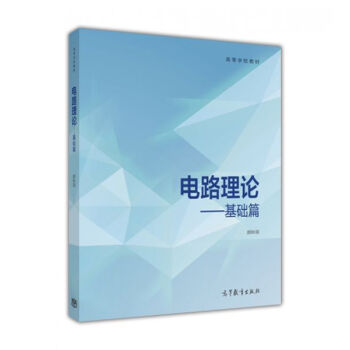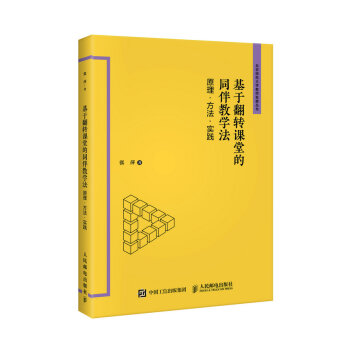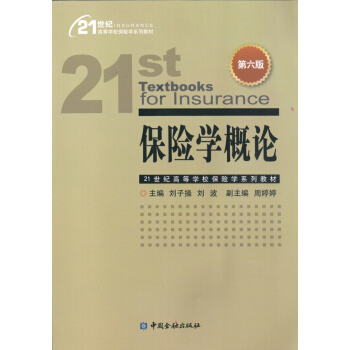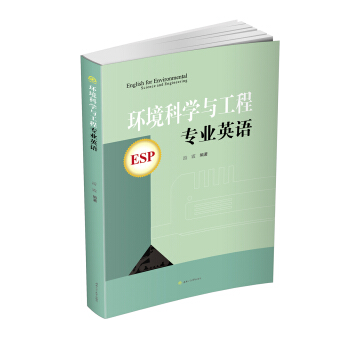

具体描述
内容简介
本书是根据《大学英语教学大纲》(理工科本科用)的要求编写的,所选材料涉及环境科学的不同领域,内容分为七个部分,每个部分含若干单元。每个单元由一篇课文和阅读材料组成,共计64篇。各单元练习配有主观题和客观题,学生在完成这些练习题的基础上能够全面理解课文,拓展知识面和提高整体的语言运用能力。本书旨在作为高等院校环境科学本科生和研究生的专业英语教材,也可供相关专业人员学习环境科学专业英语使用。作者简介
游霞,副教授,1986年于四川外语学院获得文学学士学位,2000年于英国BRUNEL大学获得环境管理硕士学位,1988—2001年分别在重庆环境科学院和重庆市环境保护局从事环境保护国际合作项目管理及翻译工作,2002至今任教于重庆工商大学环境与资源学院,主要担任环境科学与工程专业英语和环境管理(双语)课程教学工作。目录
ContentsPart 1 Introduction to Environmental Science and Engineering - 1 -
UNIT 1 What is Environmental Science? - 1 -
UNIT 2 What is Environmental Engineering? - 9 -
UNIT 3 Industrial Revolutions and Environmental Problems - 16 -
UNIT 4 Global Environmental Concerns - 24 -
Part 2 Air Pollution and Control - 33 -
UNIT 5 Energy and Energy Efficiency - 33 -
UNIT 6 Air Pollution, Sources and Characteristics - 41 -
UNIT 7 Health, Environmental and Climate Impact - 50 -
UNIT 8 Theory and Objectives of Air Dispersion Modeling - 58 -
UNIT 9 Approaches to Emission Estimation - 66 -
UNIT 10 Air Pollution Emission Control Devices for Stationary Sources - 72 -
UNIT 11 Biofiltration of Volatile Organic Compounds (VOCs)-An Overview - 80 -
Part 3 Water Pollution and Control - 87 -
UNIT 12 Types and Sources of Water Pollution - 87 -
UNIT 13 Chemistry of Wastewater - 97 -
UNIT 14 Toxicological Effects of Major Environmental Pollutants: An Overview - 104 -
UNIT 15 Conventional Wastewater Treatment Process - 113 -
UNIT 16 Biological Wastewater Treatment - 122 -
UNIT 17 Advanced Wastewater Treatment - 135 -
UNIT 18 An Introduction to Water Chemistry in Freshwater Aquaculture - 144 -
UNIT 19 New and Emerging Water Pollutants Arising from Agriculture - 153 -
Part 4 Solid Waste and Disposal - 162 -
UNIT 20 Sources, Types and Composition of Solid Wastes - 162 -
UNIT 21 Impact of Municipal and Industrial Non-Hazardous Waste Landfills on
Public Health and the Environment: An Overview - 172 -
UNIT 22 Hazardous Waste Management - 180 -
UNIT 23 Waste to Energy - 190 -
UNIT 24 Technical Discussion of Plasma Gasification① - 201 -
Part 5 Noise Pollution and Soil Pollution - 210 -
UNIT 25 Assessing and Mitigating Noise Impacts - 210 -
UNIT 26 Soil Pollution - 219 -
Part 6 Scientific Instruments for Environmental Science - 227 -
UNIT 27 Environmental Impact Assessment (EIA) - 227 -
UNIT 28 Framework for Ecological Risk Assessment - 237 -
UNIT 29 Electrochemical Sensors for Environmental Monitoring: A Review of Recent
Technology - 252 -
Part 7 Pollution Prevention - 262 -
UNIT 30 Pollution Prevention Concepts and Principles - 262 -
UNIT 31 Green Chemistry and Technology for Sustainable Development Basic
Principles and Applications - 273 -
UNIT 32 The Application of Biotechnology to Industrial Sustainability - 282 -
Reference - 293
精彩书摘
UNIT 1 What is Environmental Science? Environmental science is a multidisciplinary academic field that integrates physical, biological and information sciences (including but not limited to ecology, biology, physics, chemistry, zoology, mineralogy, oceanology, limnology, soil science, geology, atmospheric science, geography and geodesy) to the study of the environment, and the solution of environmental problems. Environmental science emerged from the fields of natural history and medicine during the Enlightenment①. Today it provides an integrated, quantitative, and interdisciplinary approach to the study of environmental systems. Related areas of study include environmental studies and environmental engineering. Environmental studies incorporate more of the social sciences for understanding human relationships, perceptions and policies towards the environment. Environmental engineering focuses on design and technology for improving environmental quality in every aspect. Environmental scientists work on subjects like the understanding of earth processes, evaluating alternative energy systems, pollution control and mitigation, natural resource management, and the effects of global climate change. Environmental issues almost always include an interaction of physical, chemical, and biological processes. Environmental scientists bring a systems approach to the analysis of environmental problems. Key elements of an effective environmental scientist include the ability to relate space, and time relationships as well as quantitative analysis. Environmental science came alive as a substantive, active field of scientific investigation in the 1960s and 1970s driven by (a) the need for a multi-disciplinary approach to analyze complex environmental problems, (b) the arrival of substantive environmental laws requiring specific environmental protocols of investigation and (c) the growing public awareness of a need for action in addressing environmental problems. Event that spurred this development included the publication of Rachel Carson’s landmark environmental book Silent Spring② and helped increase the visibility of environmental issues and create this new field of study. ……前言/序言
序 言
环境专业英语是在大学英语之后,环境专业本科生和研究生所需要掌握的应用型英语,其目的是让学生更多地了解国际环境科学领域的最新研究成果和发展动态,阅读、撰写和发表英文学术论文,参与国际学术交流与合作。
作者从事环境科学翻译20余年,对环境专业英语的价值有比较深刻的认识,在执教环境专业英语的过程中一直在思考:环境专业英语教材应当包含哪些内容?教师该怎么教?学生该怎么学?通过这些年的思考和学生对现有教材的评价及其对未来教材的期望,作者产生了自己编写环境专业英语教材的构想。
作者认为,环境专业英语课程的教学目的主要是两个方面,一是培养和提高学生对英语科技文献快速而系统的阅读能力,二是培养和提高学生对科技文献资料的英汉互译能力(而通常强调的是英语写作能力)。要达成上述目的,必然涉及大量的专业词汇和英语科技文献的语法、句法特点的运用,而专业词汇的积累,语法、句法特点的把握,只有通过大量的阅读和英汉互译,方能收到事半功倍之效。因此,只有学生强化了阅读能力和英汉互译能力,其听说读写译能力会得到全面的提升。
根据高等学校理工科《英语教学大纲》的要求和作者确定的教学目的,作者在阅读材料的选择中全面考虑了所涉及的单词和主题,并在练习中增加了能够真正检验学生阅读能力的练习题。本书共分7个部分,每个部分分若干单元,共32个单元,每个单元由一篇课文和一篇或多篇阅读材料组成。课文的内容是环境科学的一些基础原理,阅读材料是相应主题的延伸和新技术介绍。根据课文内容,配有相应练习题、注释和词汇表。课文和阅读材料均选自英文原版教材、科技报告、学术著作、专业期刊、国际会议论文集等,涵盖了环境科学与工程专业的相关领域。具体内容如下:
Part 1 介绍环境科学与工程的内涵及产生背景、全球环境问题等。
Part 2 介绍空气污染与控制,包括能源利用及能源效率(空气污染产生的主要原因)、空气污染类型及来源、空气污染影响、空气污染模拟及污染物排放估算方法、传统的和创新的空气污染治理技术等。
Part 3 介绍水污染及控制,包括水污染来源及种类、污水化学、污水中主要污染物的毒性影响、各种污水处理工艺、农业活动中产生的新兴的污染物等。
Part 4 介绍固体废弃物及处理方法,包括固体废物的来源及分类、垃圾填埋场对环境和健康的影响、危险废物管理、固体废物的回收及利用等。
Part 5 介绍噪声污染、土壤污染及控制技术。
Part 6 介绍环境工程中常用的技术手段,包括环境影响评价、生态风险评价及环境监测技术等。
Part 7 介绍污染预防,包括污染预防的基本概念和原则、绿色化学和可持续发展的基本原理以及生物技术的运用等。
本书的编写得到了重庆工商大学教材项目建设的资助,同时也得到了重庆工商大学环境与资源学院领导的大力支持。在编写的过程中,作者参阅了不少有益的资料和书籍,吸取了同行专家的宝贵经验。同时也得到了部分学生的问卷调查支持。谨在此一并表示感谢。
由于环境科学的多学科性,加之作者的水平有限,本书在材料选择上和文字处理上难免有疏漏和不妥之处,恳请读者不吝指教,使本书在使用过程中不断得到完善。
游 霞
2015年10于重庆工商大学
用户评价
我是一名非英语专业出身的环境科学研究生,一直以来,阅读英文文献和撰写英文论文都是我的一个巨大挑战。《环境科学与工程专业英语》这本书的出现,对我来说简直是雪中送炭。它不仅仅是一本“工具书”,更像是一位经验丰富的导师,循循善诱地指导我如何更好地掌握专业英语。书中对环境科学与工程领域内的重要概念、理论和技术进行了系统性的梳理,并且在讲解的过程中,非常注重语言的准确性和表达的清晰度。作者在处理复杂句子结构时,总是会将其拆解为更易理解的部分,并给出详细的解释,这让我能够逐步掌握英文长难句的阅读技巧。此外,书中还提供了大量真实的案例研究和研究论文的节选,通过这些鲜活的材料,我能够直观地学习到地道的专业表达方式,以及如何进行科学的论证和阐述。我尤其受益于书中关于“研究方法”和“数据分析”的章节,作者不仅讲解了相关的专业术语,还示范了如何用清晰、简洁的英语来描述研究过程和分析结果。总而言之,这本书极大地提升了我阅读和理解英文专业文献的能力,也为我今后撰写高水平的学术论文打下了坚实的基础。
评分坦白讲,在拿到《环境科学与工程专业英语》这本书之前,我对于“专业英语”这类书籍,总觉得会枯燥乏味,充斥着晦涩难懂的术语和程式化的例句。然而,《环境科学与工程专业英语》这本书,却彻底颠覆了我的这种看法。它并没有像我预想的那样,只是简单地罗列词汇和句子,而是将英语的学习巧妙地融入到对环境科学与工程核心知识的讲解之中。书中对各个分支领域,例如大气污染控制、固体废物处理、土壤修复等,都进行了细致的阐述,并且在讲解过程中,自然而然地引入了大量的专业词汇和地道的表达方式。作者的讲解风格非常活泼,善于运用类比和故事来帮助读者理解抽象的科学原理,让我感觉自己并非在“背单词”或“学语法”,而是在学习一门全新的、与我们息息相关的学科。我尤其喜欢书中关于“生态恢复”的章节,作者用非常生动的语言描述了濒危物种的保护过程,以及如何利用工程手段来修复被破坏的生态系统,这让我深受启发。这本书不仅让我学会了许多专业的英语词汇和句式,更让我对环境保护事业有了更深刻的认识和感悟。
评分这本《环境科学与工程专业英语》着实让我眼前一亮,虽然我并不是环境科学与工程领域的专业人士,但出于对环境保护的浓厚兴趣,我还是购买并仔细阅读了这本书。让我印象最深刻的是,它并没有像很多科普读物那样,仅仅堆砌一些宏大的数据或者令人担忧的图景,而是以一种非常严谨且易于理解的方式,将复杂的环境问题剥茧抽丝地展现在读者面前。书中的例子和案例分析都非常贴切,让我能够清晰地理解各种环境现象的成因、影响以及可能的解决方案。比如,在介绍水污染时,书中详细阐述了不同类型污染物的化学性质、在水体中的迁移转化过程,以及对生态系统和人类健康的具体危害。我尤其欣赏的是,作者在解释专业术语时,总是会提供清晰的定义和生动的类比,这对于我这样的非专业读者来说,无疑是一大福音。阅读过程中,我感觉自己仿佛置身于一个实验室,或者参与了一次实地的环境调研,对那些曾经只在新闻中听过的术语,如“富营养化”、“生物降解性”、“碳足迹”等,都有了全新的认识。书中的图表和插图设计也非常出色,它们并非简单的装饰,而是有效地辅助了文字内容的理解,使得抽象的概念变得直观形象。总而言之,这是一本非常有价值的书,它不仅拓展了我的知识边界,更激发了我对环境保护的进一步思考和学习热情。
评分作为一个在环境工程领域摸爬滚打多年的工程师,我拿到《环境科学与工程专业英语》这本书时,抱着一种既期待又有些审视的态度。毕竟,市面上关于这个主题的书籍不少,但真正能做到深入浅出、紧跟前沿并且实操性强的,并不多见。然而,这本书的出现,无疑打破了我的一些固有印象。它在专业术语的运用上非常精准,但又不会让初学者望而却步,作者在每个章节的开头都会对关键概念进行清晰的界定,并通过大量实例来佐证理论。我特别欣赏书中关于“可持续发展”和“绿色工程”的论述,这不仅仅是口号,而是通过具体的工艺流程、技术应用以及经济效益分析来展现其可行性。例如,在讨论废水处理技术时,书中详细对比了不同方法的优劣,从传统的活性污泥法到新兴的膜分离技术,都给出了详尽的原理介绍、设计参数以及实际运行中的注意事项。更难能可贵的是,这本书在英语表达上也十分地道,很多我在国际会议或论文中遇到的复杂句式和专业表达,在这本书里都得到了很好的范例展示,这对于我提升专业英语阅读和写作能力大有裨益。总的来说,这本书不仅是一本内容扎实的专业书籍,更是一本优秀的语言学习工具,为我这样希望在国际交流中更进一步的同行,提供了宝贵的参考。
评分我之所以会选择购买《环境科学与工程专业英语》这本书,完全是出于一个偶然。当时我正在为一篇关于环境政策的报告搜集资料,偶然看到了这本书的目录,其中涉及到的不少主题,比如“环境影响评估”、“环境监测与管理”、“污染控制技术”等,都与我的研究方向有着千丝万缕的联系。读完之后,我发现这本书带给我的惊喜远不止于此。它以一种非常系统化的方式,将环境科学与工程领域的核心概念和研究方法进行了梳理,并且将这些内容巧妙地融入到专业的英语语境中。作者在处理英文专业文献时,展现出了极高的驾驭能力,无论是复杂的语法结构,还是精炼的词汇表达,都处理得恰到好处。让我印象深刻的是,书中对一些前沿研究动态的介绍,虽然篇幅不长,但都点到了核心,并提供了相应的英文参考文献,这极大地节省了我查找文献的时间和精力。而且,本书的章节编排逻辑清晰,从宏观的环境概念,到具体的工程技术,再到政策法规和国际合作,层层递进,使得读者能够建立起一个完整的知识体系。对于需要阅读大量英文专业文献的学生和研究人员来说,这本书无疑是极佳的学习伙伴。
相关图书
本站所有内容均为互联网搜索引擎提供的公开搜索信息,本站不存储任何数据与内容,任何内容与数据均与本站无关,如有需要请联系相关搜索引擎包括但不限于百度,google,bing,sogou 等
© 2025 book.tinynews.org All Rights Reserved. 静思书屋 版权所有

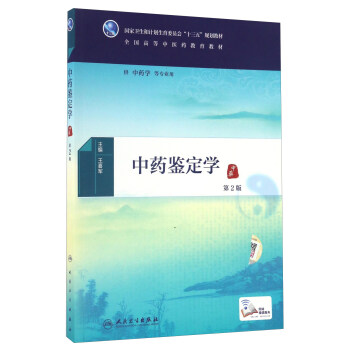
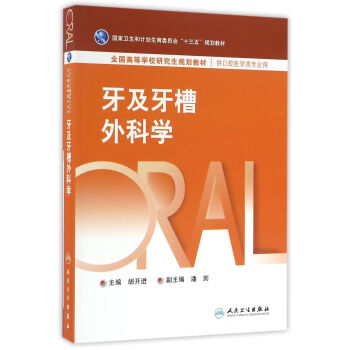
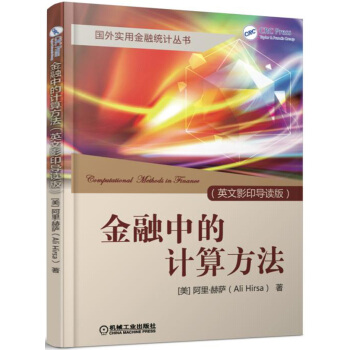
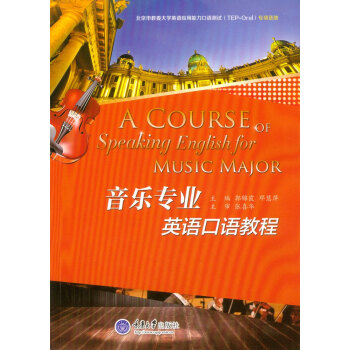

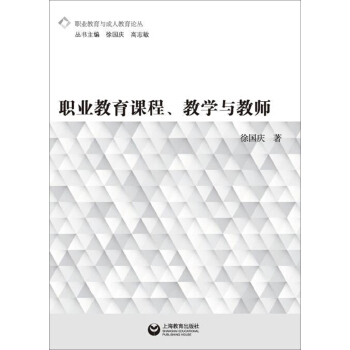
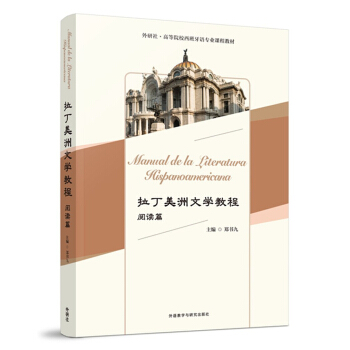
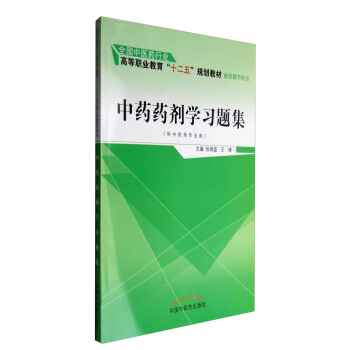
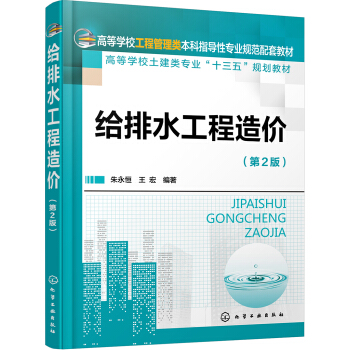
![现代大学英语(精读6 第2版 附光盘) [Contemporary College English] pdf epub mobi 电子书 下载](https://pic.tinynews.org/12119956/58d1419eN005d8601.jpg)
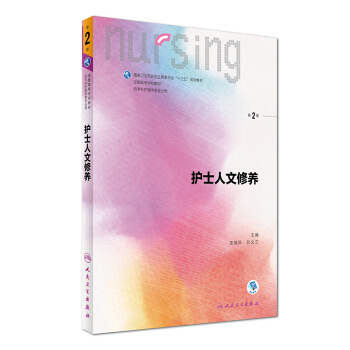
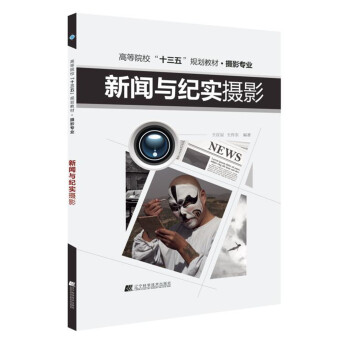
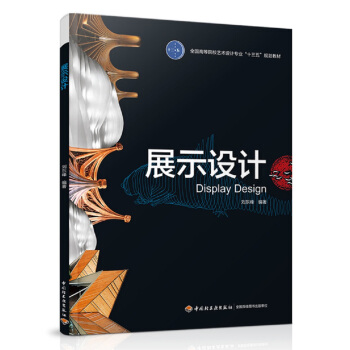
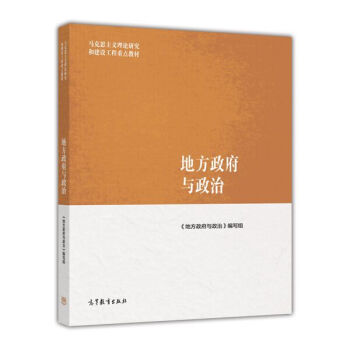
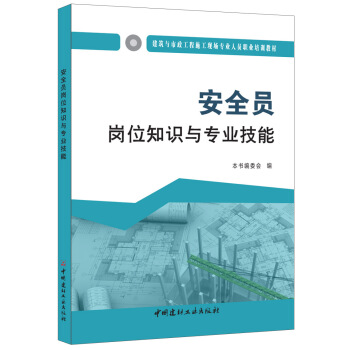
![英汉翻译技巧(第2版)/全国高等院校“十三五”规划翻译系列教材 [A Coursebook for English-Chinese Translation Skills(Second Edition)] pdf epub mobi 电子书 下载](https://pic.tinynews.org/12193763/59df2e75N9865dd8a.jpg)
